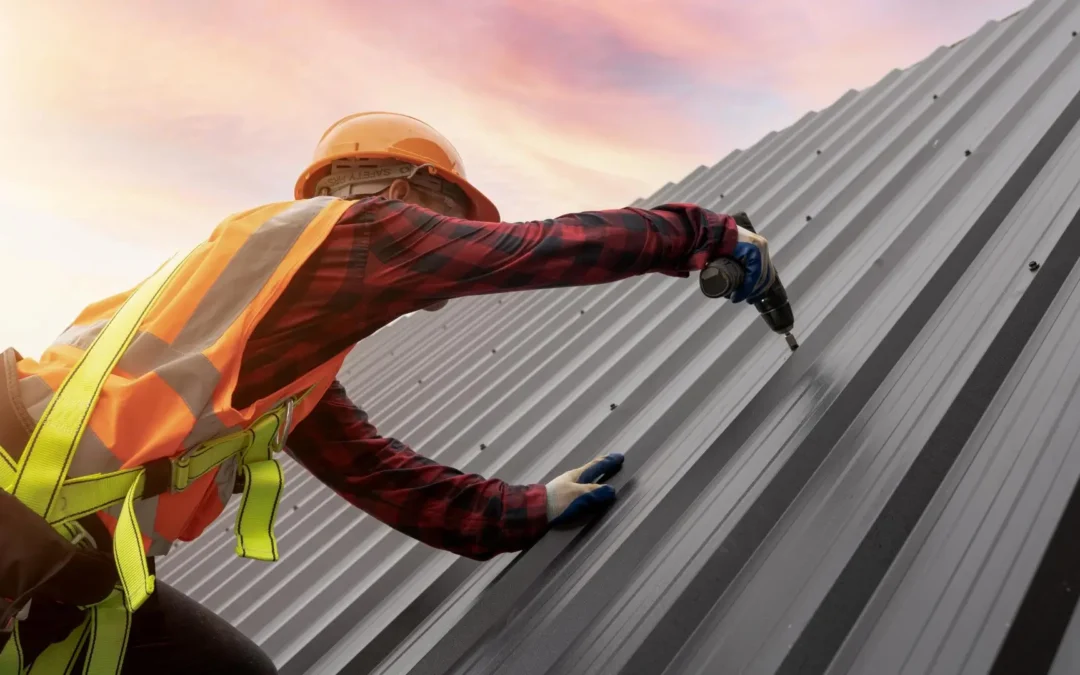Many property owners and facility managers don’t think about their roof until there’s a problem—by then, repairs can be costly and disruptive. The good news is that with a proactive maintenance plan, businesses can extend the life of their commercial roof, prevent expensive damage, and avoid unexpected downtime. Knowing what to look for and how to stay ahead of issues can make all the difference.
Routine Inspections: The Key to Prevention
Regular roof inspections are the foundation of effective maintenance. At a minimum, commercial roofs should be inspected twice a year—once in the spring and again in the fall—to catch any seasonal wear and tear before it becomes a major issue. Inspections should also be scheduled after severe weather events, such as heavy storms, snow, or high winds, which can cause hidden damage. Facility managers should look for common red flags like pooling water, cracks, blisters, loose flashing, and clogged drains. Identifying small issues early prevents them from escalating into costly repairs.
Keeping Drains and Gutters Clear
Water is one of the biggest threats to a commercial roof. When drains and gutters become clogged with debris, water has nowhere to go, leading to ponding on flat roofs or overflow issues on sloped systems. Over time, standing water can degrade roofing materials and increase the risk of leaks. Routine cleaning of drains and gutters—especially in the fall when leaves accumulate—ensures proper water flow and reduces the likelihood of water-related damage. Businesses should also check for slow drainage or pooling areas, as these can indicate underlying structural issues.
Addressing Small Repairs Before They Become Big Problems
Ignoring minor roof damage is one of the fastest ways to shorten its lifespan. A small tear in a membrane, a loose seam, or a missing piece of flashing might not seem urgent, but over time, these small vulnerabilities allow moisture to infiltrate the roof system. Moisture can lead to mold, insulation damage, and even structural issues if left unchecked. The best approach is to handle repairs as soon as they’re identified, whether through in-house maintenance teams or by bringing in a professional roofing contractor for an expert assessment.
Managing Foot Traffic and Equipment Placement
Many commercial roofs double as platforms for HVAC units, solar panels, or other equipment, which means they see frequent foot traffic. Without proper precautions, heavy foot traffic can cause wear and tear, leading to punctures, membrane damage, or even structural issues over time. Installing designated walkways or protective pads in high-traffic areas helps distribute weight and minimize damage. Businesses should also ensure that equipment installations and repairs are handled carefully to prevent unnecessary roof damage.
Partnering with a Professional Roofing Team
Even the most diligent maintenance routine can’t replace the expertise of a professional roofing contractor. Partnering with a trusted commercial roofing company for annual inspections, preventive maintenance, and timely repairs ensures that small issues don’t turn into major liabilities. Experienced roofing professionals can provide tailored recommendations based on a building’s specific roof type, location, and usage.
Cipollini Roofing specializes in commercial roof maintenance, helping businesses protect their investment and extend the lifespan of their roofing systems. If you want to stay ahead of costly repairs and keep your roof performing at its best, contact us today to schedule an inspection or maintenance consultation.


